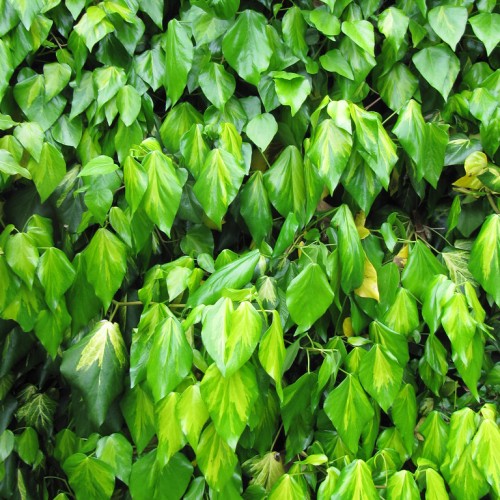
Persian ivy
Hedera colchica
Cycle:
Perennial
Watering:
Frequent
Hardiness Zone:
6 - 9
Flowers:
Flowers
Sun:
part shade,full sun,part sun/part shade
Leaf:
Yes
Growth Rate:
High
Maintenance:
Moderate
Poisonous To Humans:
Yes
Poisonous To Pets:
Yes
Salt Tolerant:
Yes
Invasive:
Yes
Indoors:
Yes
watering
Persian ivy requires regular watering and does best when the soil is kept uniformly moist, but not soggy. Watering every 2 to 3 days is usually sufficient to keep the soil consistently damp. Be careful not to overwater this particular species as it does not take kindly to it. If overexposed to too much water, the root system can easily rot. Additionally, Persian ivy prefers slightly acidic soil, so if water with higher alkalinity is used, an occasional flush of the soils with distilled or reverse osmosis water is recommended.
sunlight
Persian ivy (Hedera colchica) requires moderate to bright indirect sunlight. For light indoors, place the plant in an area with indirect sunlight for at least 4 to 6 hours a day, and up to 10 hours a day in the summer. Outdoors, an area with a combination of sun and light shade during the day is ideal. Avoid direct sunlight, as too much sun can burn the leaves and cause them to become faded and discolored.
pruning
Persian ivy should be pruned back once or twice a year during a season of active growth, which usually occurs in late spring and summer. It is best to prune as much as 25–30% of the existing growth to keep the plant full and healthy. Doing so will also help to maintain the desired shape of the ivy. Pruning too much can damage the plant, so it's best to err on the side of caution. It is also important to remove dead or brown leaves and stems to keep the plant looking healthy and neat.
